I'm intending to use the same soldering 'technique' as in the picture below (just an example), by using wires and solder connections.
I am wondering if it has benefits by using the green double sided protoboard (I have quite some of them), or using the cheaper brownish (bakelite) ones like below?
The only advantages of the green ones I can find of (for this way of soldering) is that they don't small bad and they are a bit thicker.
Do I miss some more important benefits?
(I checked google but the double layer doesn't seem useful with this technique).
